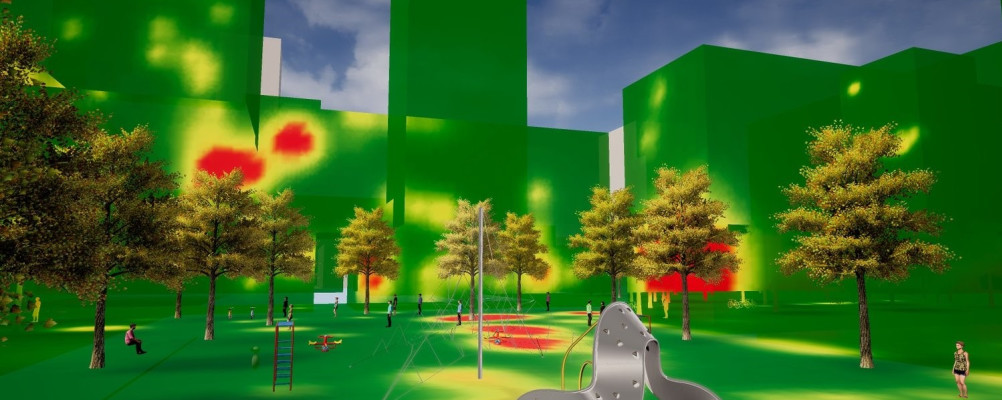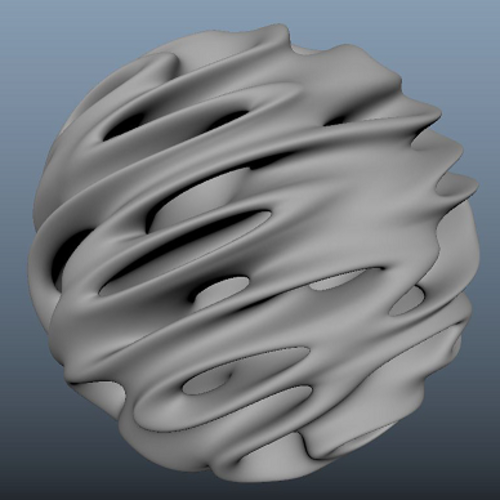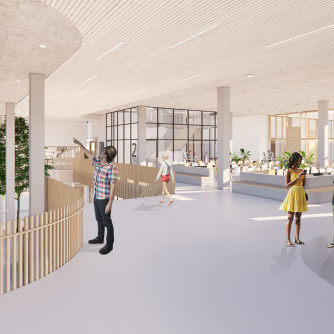Fieldlab | Virtual reality design methods lab
Virtual reality design methods lab
Sommige producten zijn te groot om te 3D-printen. Bij een gebouw, wijk, landschap of ander groot object zijn er andere technieken nodig om volledig te ervaren hoe deze objecten (her)ontworpen kunnen worden, om de optimale uitkomst te bereiken. Virtual reality is een techniek die bij kan dragen aan het ontwerpproces, en deel kan uitmaken van het arsenaal van ontwerptools van de creatieve industrie.
Het VRDML fieldlab (Virtual reality design methods lab) focust op het gebruik van virtual reality in het ontwerpproces. Zowel bij het ontwerpen van de start, als bij het aanpassen en hergebruiken van bestaande gebouwen, wijken en landschappen. Het lab heeft de ruimte, de uitrusting en de mensen om MKB's met VR als nieuwe technologie te laten werken. Door van het fieldlab gebruik te maken, krijgen de MKB's de kans om samen met TU Delft nieuwe toepassingen te ontwikkelen die de concurrentiewaarde van hun ontwerpbureaus verhoogt in de (inter)nationale markt.
Meer info over deze fieldlab vind je hier.




